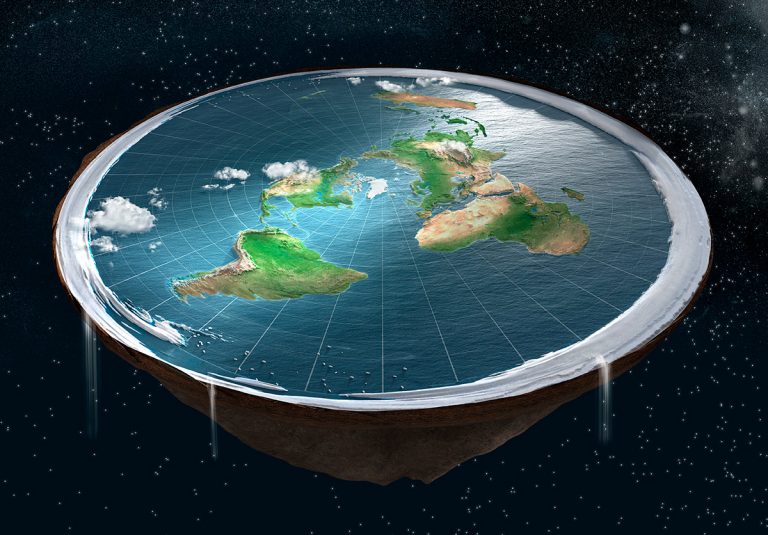Part- I: Early theories of the origin of the earth
Earth and sky, woods and fields, lakes and rivers, the mountain and the sea, are excellent schoolmasters, and teach some of us more than we can ever learn from books.
By John Lubbock
( A scientist who coined the terms paleolithic and neolithic)
In order to systematically appreciate, why do natural disasters occur and from where such enormous energy that is accompanied during such phenomena as cyclones come from, it is necessary to understand how the was the earth formed and the details of the inner rocky and molten hot structure that it holds underneath.
In the early years of civilization, inhabitants had a strong belief that this earth has been created by supernatural powers which were symbolized as gods and goddesses, each natural object like the sun, the moon was created by those gods and all we humans can do is to worship them. Those such beliefs, one may argue, are unscientific in nature but were very natural to early inhabitants thousands of years ago. However gradually several semi-scientific theories started emerging about the formation and composition of the earth.
It was natural for earlier thinkers to assume that earth is flat because of the limited knowledge of the vastness of earth as they could walk and see only a very limited range, all their observations were consistent with the model that earth is flat. For example, In Mesopotamian culture, the world was portrayed as a flat disk afloat in an ocean. To the Mayans, the world was flat, and at its corners, four jaguars (known as bacabs) held up the sky.
By the 6th century BCE, Greek philosophers began to speculate that the Earth was in fact round, and by the 3rd century BCE, the idea of a spherical Earth began to become articulated as a scientific matter. During the same period, the development of a geological view of the Earth also began to emerge, with philosophers understanding that it consisted of minerals, metals and that it was subject to a very slow process of change.
However, it was not until the 16th and 17th centuries that a scientific understanding of planet Earth and its structure truly began to advance.
Gradually an idea that started gaining some credence is that earth strata had been formed through heat (or fire). Those who followed this theory during the early 19th century referred to this view as Plutonism, which held that the Earth formed gradually through the solidification of molten masses at a slow rate.
In the early 19th century, the mining industry and Industrial Revolution stimulated the rapid development of the concept of the stratigraphic column – that rock formations were arranged according to their order of formation in time. Concurrently, geologists and natural scientists began to understand that the age of fossils could be determined geologically (i.e. that the deeper the layer they were found in was from the surface, the older they were).
Research into the ocean floor also led directly to the theory of Plate Tectonics, which provided the mechanism for Continental Drift. Geophysical evidence suggested lateral motion of continents and that oceanic crust is younger than continental crust. This geophysical evidence also spurred the hypothesis of paleomagnetism, the record of the orientation of the Earth’s magnetic field recorded in magnetic minerals.
Next came the area of what is now known as seismology, the study of earthquakes and the propagation of elastic waves through the Earth or through other planet-like bodies. By measuring the time of travel of refracted and reflected seismic waves, scientists were able to gradually infer how the Earth was layered and what lay deeper at its core.
It was English scientist Harold Jeffreys who claimed that below the crust, the core of the Earth is liquid, based on his study of earthquake waves. And then, Danish seismologist Inge Lehmann went a step further and determined that within the earth’s liquid outer core, there is a solid inner core
In the next part, we will talk about what is the inner onion-like structure of our earth.

